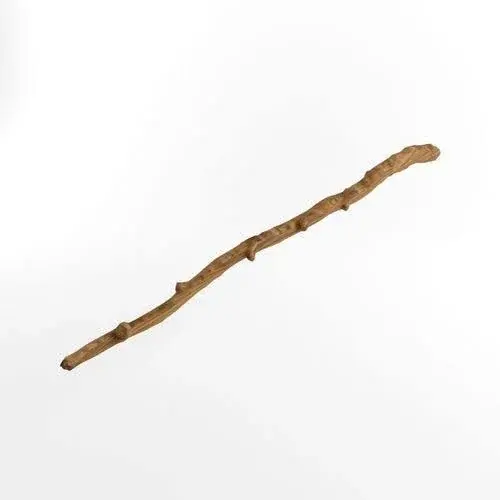

Not only that but most 3D printing is done with PLA which doesn’t generate meaningful microplastics. I mean, it does but they only last a short time out in the wild. A study funded by the state of California found that PLA will last up to three years of left out in the environment (e.g. not in a trash dump).
Three years is nothing. Also consider that many animals can eat and digest PLA. Furthermore, if it ends up in your body it will eventually be broken down.
The real microplastics problem comes from tires and plastics like ABS that are used in f’ing everything. ABS microplastics last like 400 years or something like that.
Other plastics last even longer but the studies I’ve looked at all suggest the same thing: Tires and ABS.
Even PET water bottles aren’t as bad because they only last 80-100 years (until *fully" broken down). That sounds like a long time but also consider that PET fibers are mostly inert and don’t seem to absorb and re-release nasty things like ABS.
Don’t get me wrong: PET microplastics (which mostly consist of tiny fibers from textiles—not from bottles) are 100% a problem. They’re just a fraction of the problem of everything else.
For reference, the biggest problem with PET fibers is that they float and can be carried by the wind. That means they tend to settle on top of soil which causes it to absorb more heat and retain less moisture… Requiring more watering. Whereas the butawhateverthefucktoxicshit that tires break down into can result in soil that’s harmful to life (in general). Enough of it and nothing will grow at all.
That’s why you rarely see weeds sprouting up from kids playgrounds that were filled with chopped up car tires. Well, that and the fact that they can get really hot.



PLA microplastics take three years. That 80-years figure you’ve got in your brain is for PET:
https://www.sciencedirect.com/science/article/abs/pii/S0166445X25001547#%3A~%3Atext=In+fact%2C+slower+degradation+rates%2C(European+Bioplastics%2C+2023).
(BTW: That study is brand new! From a few days ago.)
See also: https://cen.acs.org/materials/polymers/biodegradable-polymers-make-microplastics/102/i37#%3A~%3Atext=In+the+open+environment%2C+PLA%2Cover+another+several+years+(Sci.
There’s some confusion about how PLA breaks down because there’s remnants after the 3-5 years where it’s not detectable anymore. Those remnants are not microplastics at that point. They’re just the base components (e.g. lactic acid) that can last a little bit longer.
Some colorants can last a really long time but I haven’t looked into those as much as I have plastics.
BTW: The “sparkly bits” in “silk” filament is just mica powder (iron). It looks like it might be harmful but it’s not.